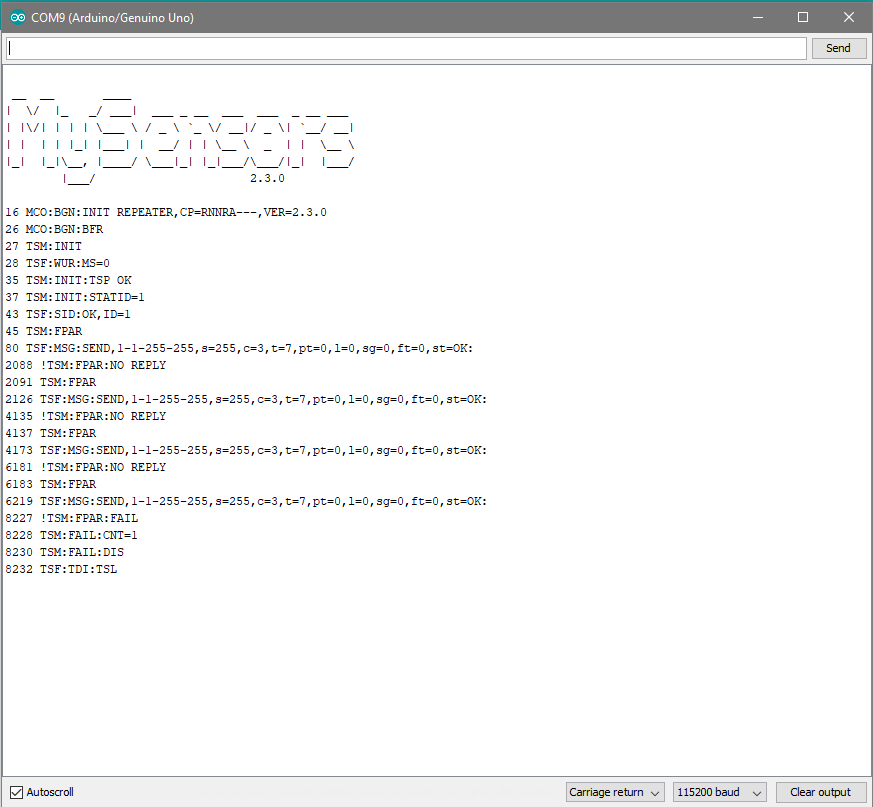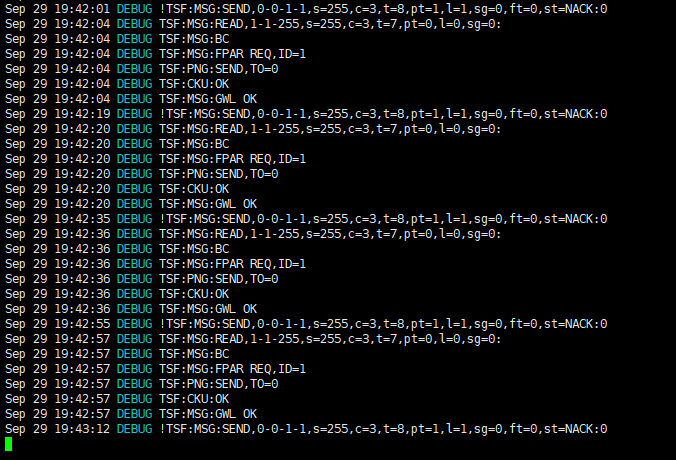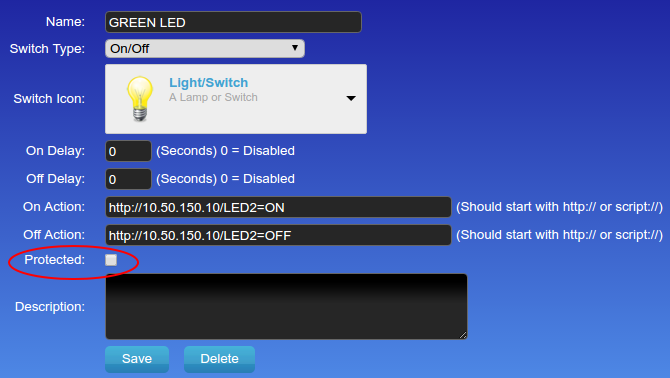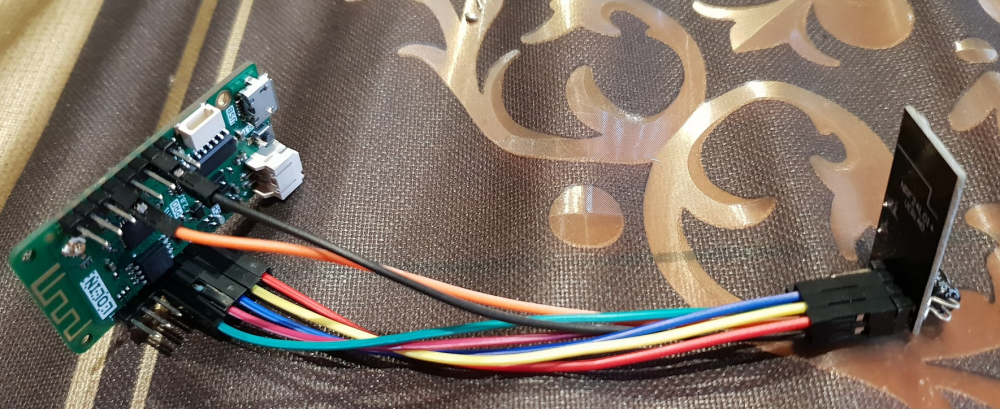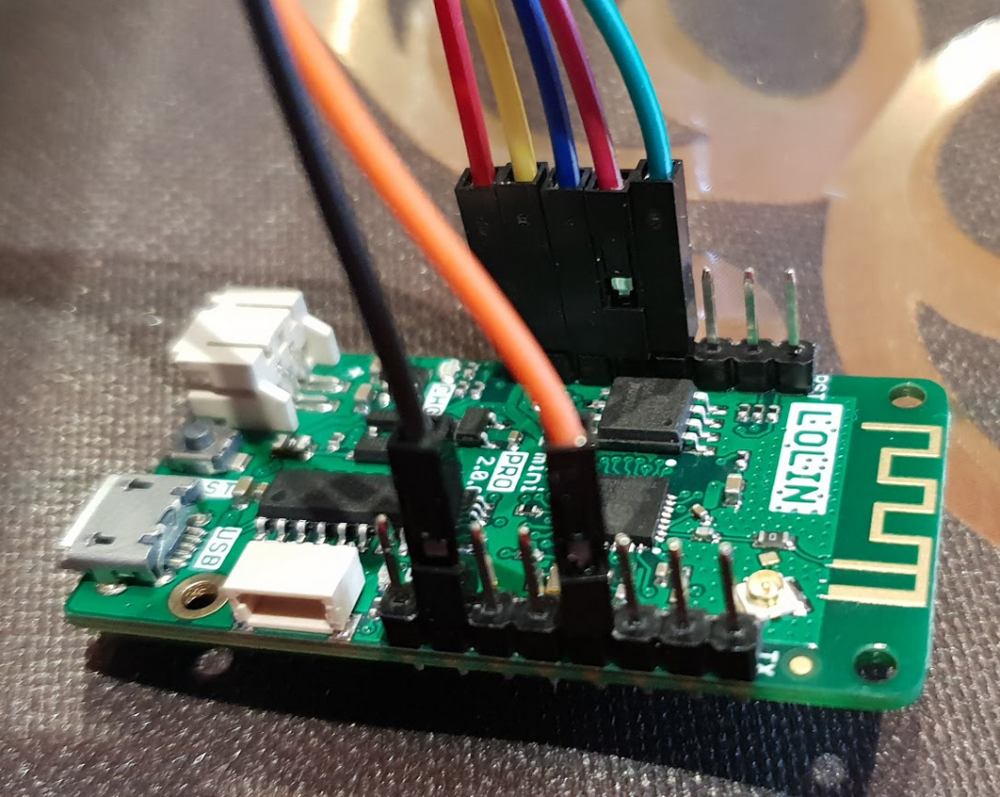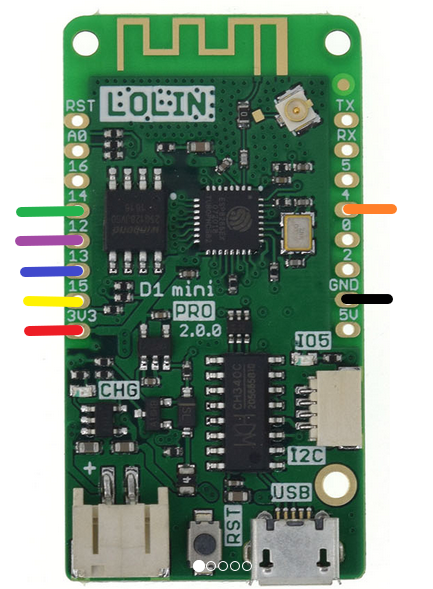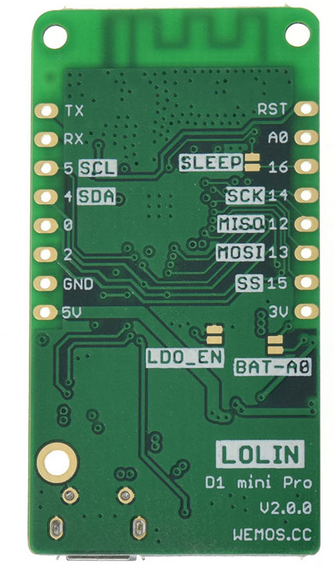@mfalkvidd
I read this in forum:
Ok, after debugging for a while: the problem is with the CSN pin on GPIO pin 15. Pin 15 is also used in the ESP8266 to define boot from SD card. Somehow, at least in my case, after a reset, the NRF chip sets the CSN pin to high (measured it with a multimeter), causing the ESP8266 to start the SD-card procedure, which fails of course. The solution for me is swapping the pins for inclusion with the CSN pin:
So:
CSN -> GPIO 5 -> D1
Inclusion mode -> GPIO 15 -> D78
One question though: I also seem to have SPI pins on the other side of the Devkit, why aren't those used?```
That's the one you addressed in GIT.
I tried to move the CE pin to something else but it seems that it's not working!
// To use native I2C pins CE should be moved. Declare the new GPIO used here.
// GPIO 3 is pin D9 (RX below D8)
#define MY_RF24_CE_PIN D4

